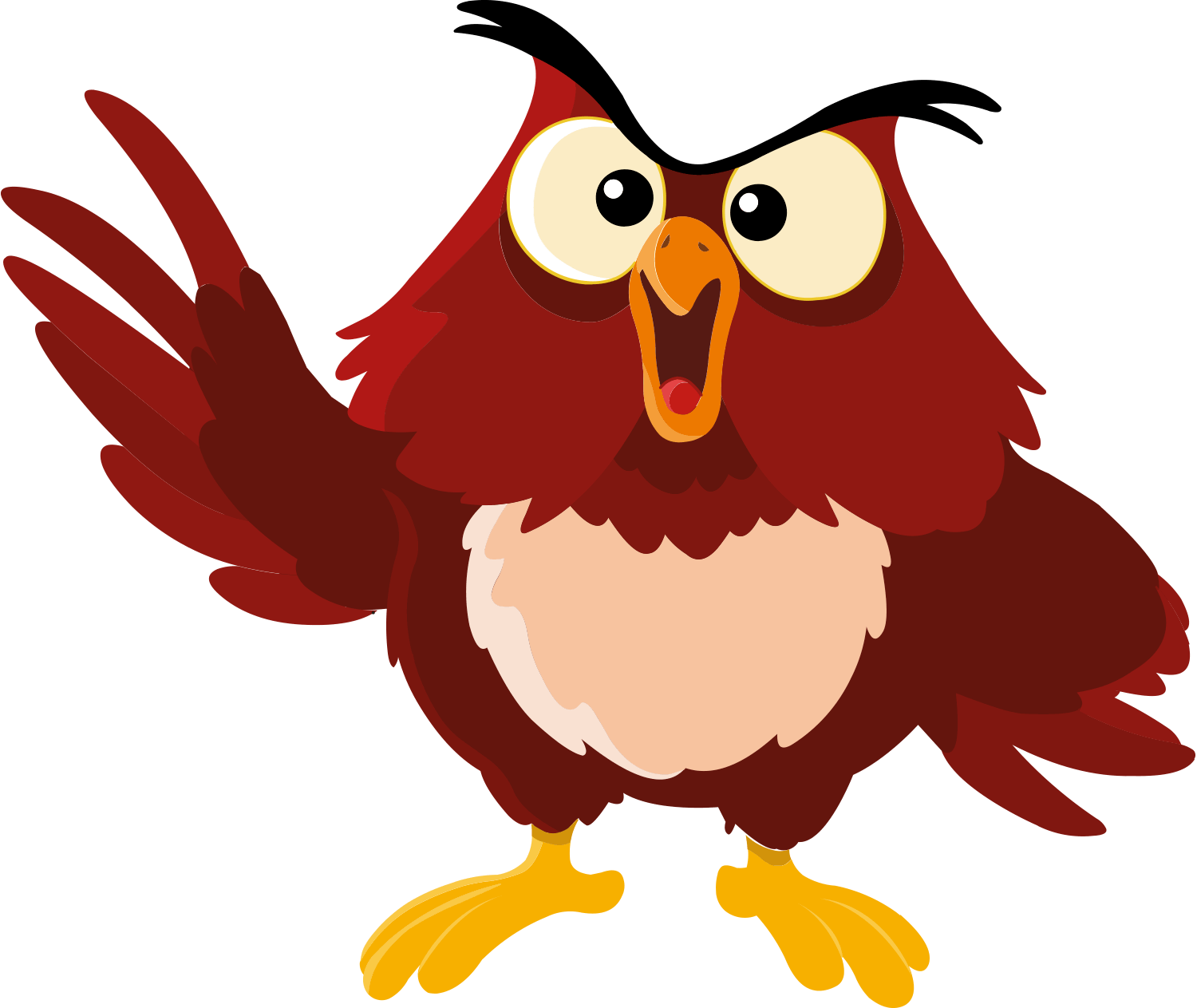Conservation Status: Least Concern
Population: Data deficient but thought to widespread and somewhat stable
Origin: Entire Indian Subcontinent
Habitat: Forests, mountains and rocky ravines
Diet: They primarily hunt rodents and mammals (up to the size of Indian hare), but will also take birds (up to the size of peafowl)! They will also eat reptiles, frogs, crabs and large insects.
Size: 50 - 56cm
Activity Cycle: Crepuscular
The Bengal eagle owl is a medium sized eagle found also across the Indian subcontinent. They eat a huge variety of prey; from mammals, to birds to reptiles. Males make a deep, resonant, double hoot bu-whooh, with the female's song is similar with a slightly higher pitch! They tend breed from February to April, laying 3 to 4 eggs on bare soil on the ledge of a cliff, or under the shelter of a bush. Chicks hatch after 33 days and are fully independent by six months old. Sometimes the male & female will stick together even after breeding season has finished and they will return to the same nest every year. Although these owls are not endangered and are thought to be quite widespread, they are often persecuted by humans as they are considered bad omens. The use of pesticides in agriculture is often fatal for these owls, as they consume poisoned rodents.
Did you Know? This owl has at least 3 common names (in English alone) - Rock Eagle owl, Bengal Eagle owl and Indian Eagle owl; this owl is a great example of why scientific classification (aka Latin names - the names in italics next to the animals' English name!) of species is so important! This means that when people from different parts of the world are talking about an animal, they can refer to the Latin name to know that they're talking about the same species!
Our Bengal Eagle Owl is called Boris!
He's got striking colours!
Shiloh, 9